What if you could fuel your body with foods so powerful they boost your health with every bite?
Superfoods nutrient-dense, health-promoting ingredients are the key to vibrant living.
Packed with vitamins, minerals, and antioxidants, these foods are easy to incorporate into your daily diet and deliver big benefits.
Here’s our list of the top 10 superfoods you should eat every day to feel your best, backed by science and bursting with flavor.
1. Blueberries: Antioxidant Powerhouses
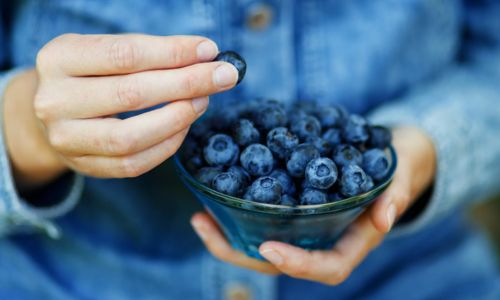
Blueberries are tiny but mighty, loaded with antioxidants like anthocyanins that fight free radicals and reduce inflammation.
A 1-cup (148-gram) serving offers 4 grams of fiber, 24% of the daily value (DV) for vitamin C, and 36% for vitamin K. Studies show they may improve heart health and cognitive function.
How to Eat Daily: Add to smoothies, yogurt, or oatmeal, or enjoy as a snack.
2. Kale: The Nutrient-Dense Green
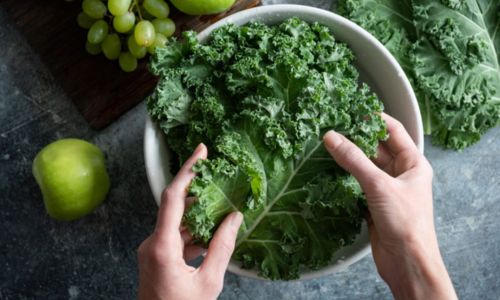
Kale is a leafy green superstar, packed with vitamins A, C, and K, plus calcium and fiber (2 grams per cup).
Its antioxidants, like quercetin, may lower blood pressure and support immunity. Research suggests kale can reduce cholesterol levels.
How to Eat Daily: Toss in salads, blend into smoothies, or bake into crispy chips.
3. Quinoa: The Protein-Packed Pseudograin
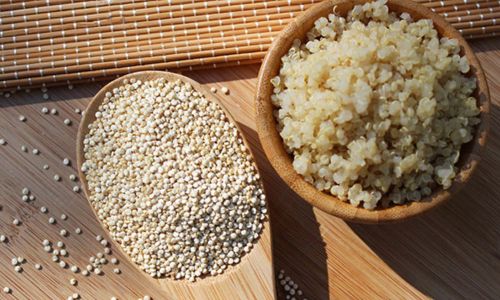
Quinoa, a gluten-free pseudocereal, provides 8 grams of protein and 5 grams of fiber per cooked cup (185 grams).
It’s rich in magnesium (28% DV), iron, and folate, supporting digestion and heart health. Its complete protein profile makes it ideal for plant-based diets.
How to Eat Daily: Use in grain bowls, salads, or as a breakfast porridge.
4. Avocado: Creamy Heart-Healthy Fat
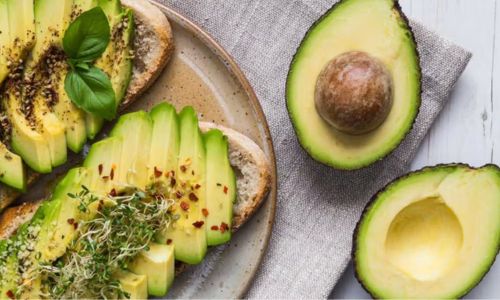
Avocados are rich in monounsaturated fats, fiber (7 grams per half fruit), and potassium (10% DV).
They support heart health by lowering LDL cholesterol and may aid weight management due to their satiating fiber.
How to Eat Daily: Spread on toast, add to salads, or blend into smoothies.
5. Salmon: Omega-3 Superstar
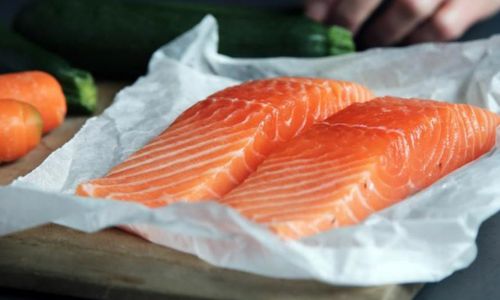
Salmon, especially wild-caught, is loaded with omega-3 fatty acids (2 grams per 3-ounce serving), which reduce inflammation and support brain and heart health. It also provides 17 grams of protein and 50% DV of vitamin D.
How to Eat Daily: Enjoy grilled, baked, or smoked in salads or wraps.
6. Chia Seeds: Tiny Fiber Bombs
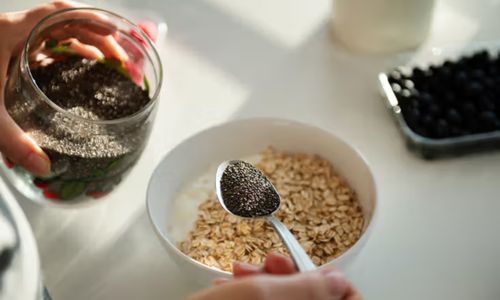
Chia seeds pack 10 grams of fiber and 5 grams of protein per 2 tablespoons (28 grams), plus omega-3s and calcium.
They support digestion and heart health, and their gel-like texture when soaked aids hydration.
How to Eat Daily: Sprinkle on yogurt, blend into smoothies, or make chia pudding.
7. Sweet Potatoes: Beta-Carotene Boost

Sweet potatoes are rich in beta-carotene (over 100% DV per medium potato), fiber (4 grams), and vitamin C.
They support eye health, immunity, and blood sugar regulation due to their low glycemic index.
How to Eat Daily: Roast as fries, mash as a side, or add to soups.
8. Almonds: Nutrient-Rich Crunch
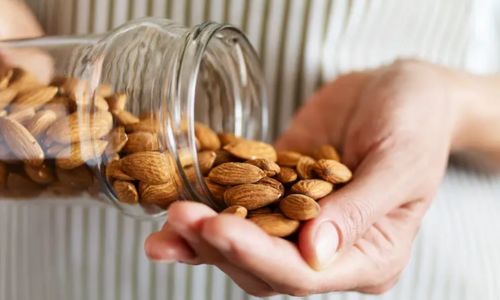
Almonds deliver healthy fats, 7 grams of protein, and 4 grams of fiber per ounce (28 grams).
They’re high in vitamin E (50% DV) and magnesium, supporting heart health and reducing inflammation. Studies show almonds may lower cholesterol.
How to Eat Daily: Snack on a handful, add to salads, or use almond butter on toast.
9. Pitaya (Dragon Fruit): Vibrant Antioxidant

Pitaya offers 3 grams of fiber and 20% DV of vitamin C per 100 grams, with betalains that fight oxidative stress. It supports digestion, immunity, and skin health while being low in calories.
How to Eat Daily: Blend into smoothies, cube for salads, or eat fresh.
10. Greek Yogurt: Probiotic Power
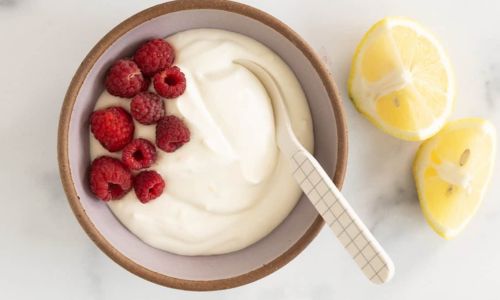
Greek yogurt is packed with 20 grams of protein per 7-ounce serving and probiotics that support gut health.
It’s also rich in calcium and vitamin B12, promoting bone health and energy.
How to Eat Daily: Top with fruit and nuts, use in smoothies, or as a creamy dip base.
Tips for Incorporating Superfoods Daily
- Start Small: Add one or two superfoods to meals you already enjoy, like sprinkling chia seeds on oatmeal or adding kale to soups.
- Mix and Match: Combine superfoods for maximum impact, like a smoothie with blueberries, chia seeds, and Greek yogurt.
- Prep Ahead: Keep pre-washed kale, cooked quinoa, or sliced pitaya in the fridge for quick meals.
- Balance Flavors: Pair rich foods like avocado or salmon with lighter ones like pitaya or kale for balanced dishes.
A Note on Moderation
While superfoods are nutrient-dense, balance is key. Overeating certain foods (e.g., chia seeds or pitaya) may cause digestive discomfort due to high fiber or oxalates.
Those with allergies (e.g., to nuts or fish) or specific health conditions should consult a doctor before adding new foods.
